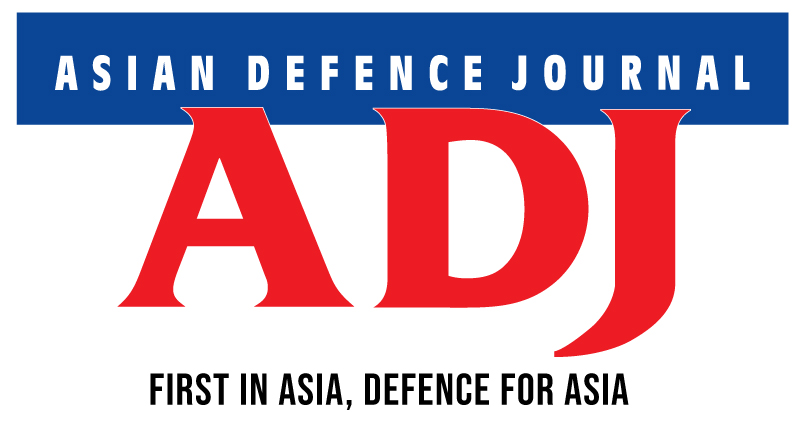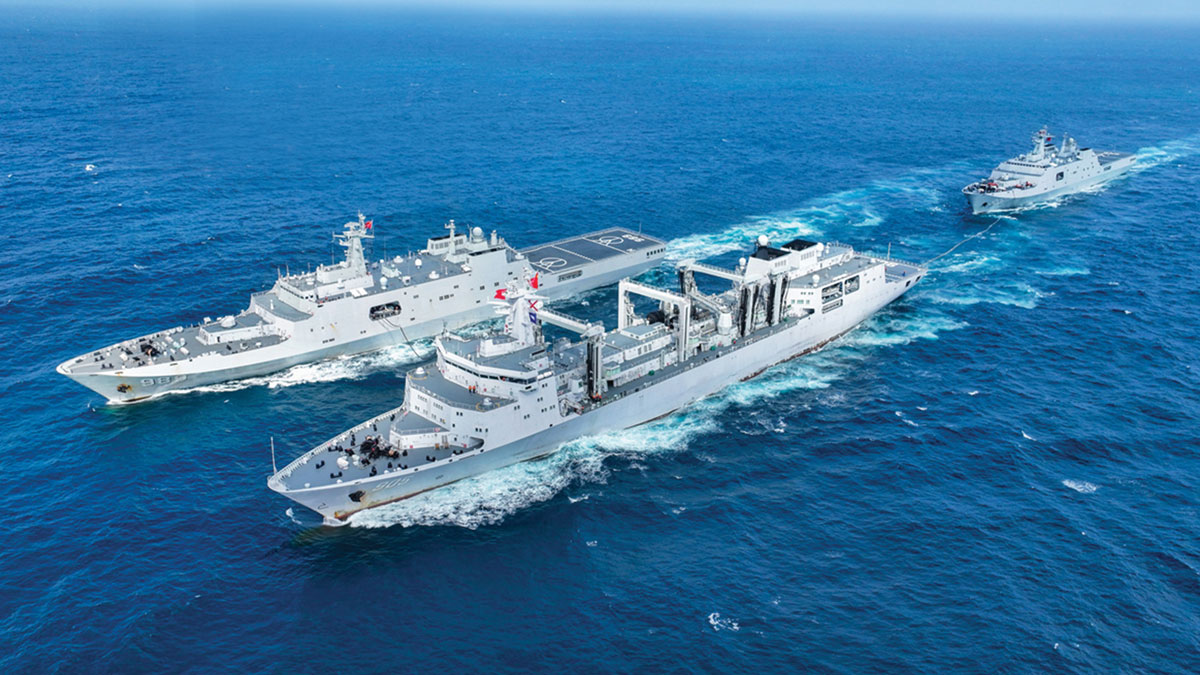Global Strategic Trends And Implications On Indo-Pacific Maritime Security
By Dr Sumathy Permal – Senior Fellow, Maritime Institute of Malaysia
THE global strategic trends are pacing rapidly with changing interest of world major powers. This is attributed to consternation such as the impact of the pandemic, the Russian-Ukraine war, and the emerging threats of misinformation and disinformation. The geopolitical traction between China and Southeast Asia claimant states in the South China Sea (SCS) is a persistent challenge. Although the US is still the most powerful country in the world, China is not far behind. Consequently, the global strategic order will be high on the contest between these two powers. On top of that, the current US global approach and policies under President Donald Trump could further strain the global order that is already fragile.
Safer, stronger and more prosperous America is the new foreign policy direction for the US under the second Trump administration. To pursue its foreign policy effectively, the US may have to reprioritise its national interests, engagement with external countries, and global posture. What does this policy mean to Southeast Asia in particular in the maritime context? The answer relies primarily on how much the US will fend off its strategic rival, China. Will the SCS remain a strategic security priority for the U.S. and Indo-Pacific countries? How do Southeast Asian countries respond to this great power rivalry?
China’s principles approach remains unchanged with Trump’s administration – it emphasised on mutual respect and win-win cooperation and wanting to find the right way for both countries to get along. However, it is too soon to predict the right formula. The release of DeepSeek’s free artificial intelligence (AI)-powered chatbot in January is another surprise, signalling the Chinese government’s strong effort to up the ante against US innovation and technology, breaking the assumption that China has limitations on science, technology and AI. The emergence of low-priced Chinese AI has threatened western dominance of AI, bringing tech shares like Nasdaq dropping 31% and prompting Google, Microsoft and Meta to re-strategise to remain competitive.
The US competitive policy regarding economic interest vis-a-vis China is quite obvious, but not on the strategic front. The US administration has said little about Indo-Pacific security. In this regard, smaller states in the Indo-Pacific region are at a turning point in global affairs, living in an era marked by a complex interplay of cooperation and division. The security of Europe, including Ukraine’s security, the Middle East conflict and the Indo-Pacific alliances, is becoming increasingly divided and not interconnected.
New trade tariffs not only on adversaries but allies like Canada, cutting off foreign aid funds, withdrawing from the Paris Agreement on climate change, and the World Health Organisation are just a number nationalistic and protectionist measures in nature to prioritise national interest. In addition, the US “pivot” from its traditional allies to Russia not only a concern for Europe, UK and the North Atlantic Treaty Organisation (NATO) but also for its allies, such as Japan and Australia. These countries and treaty alliances may have to absorb more security engagement and assistance in the Indo-Pacific.
The UK recently published Global Strategic Trends: Out to 2055, forecasting that Europe may be subject to major shocks, including the expansion of Russia’s aggression. The forecast also perceives an increasing range of security actors, both state and non-state. The range of security issues could be more complex and congested. While Trump wants to end the war between Russia and Ukraine, there is no clear policy outline on Asia’s maritime domain. This is an advantage to China that is more prepared to pursue affirmative actions in the SCS while keeping the US busy with a trade war. This might widen the power vacuum in the Indo-Pacific maritime region. Interestingly, the forecast suggests that the US and China are likely to lose relative influence on other emerging powers. The new power balance could potentially be led by middle powers together with groupings of smaller states with shared interests.
The Indo-Pacific is the world’s most economically dynamic region in the 21st maritime century, encompassing some of the world’s most important sea lanes like the SCS and the Straits of Malacca. In recent times, geopolitical dynamics and economic investments in the region have multiplied. Indo-Pacific’s strategic, economic, social-cultural and security engagement are driven by the active engagement by middle powers like Japan, Australia, the European Union, the UK. These countries are preparing to increase defence spending in an attempt to be resilient against future threats. These emerging powers are also pursuing active diplomatic and cooperation with countries in Asia and the Pacific.
Turning to the SCS, maritime commerce is the backbone of international trade and the global economy, with over 80% of global trade by volume carried by sea. Remarkably, approximately one-third of this maritime trade transits through the SCS. Safeguarding the navigability and security of the SCS is not just a regional concern but a shared responsibility with global implications. Of the five Southeast Asian countries who have overlapping claims with China, the Philippines is the most vulnerable against China but is turning to multiply its security and defence. The Philippines has started negotiating a defence pact with New Zealand to face China’s threat.
Malaysia will continue to promote thematic engagement with its Indo-Pacific partners. The focus has been on reducing risk, promoting the rule of law and enhancing inclusivity for maritime cooperation. The country has a vested interest in maintaining a peaceful, open and stable SCS, as such consistently demonstrates its commitment to risk reduction by strongly advocating for disputes to be addressed peacefully through existing platforms and diplomatic channels. Malaysia opposes any escalation of tensions or the use of force, as reaffirmed by its Prime Minister in the Malaysian Parliament in 2024.
Malaysia assumes a pivotal role as the Association of Southeast Asian Nations (Asean) chairmanship in 2025. It wants to play an active role in ensuring the SCS is a “sea of peace and trade”, according to the Foreign Minister’s Retreat in January. Under the theme “Inclusivity and Sustainability”, Malaysia aims to steer the region toward a constructive and cooperative approach to the SCS. Malaysia is set to advance negotiations on the Code of Conduct (COC) in the SCS. Building upon the 2002 Declaration on the Conduct of Parties (DOC), the COC serves as a vital framework to build trust, uphold international law, and as a political tool to prevent conflicts. Malaysia will champion Asean centrality and is expected to navigate the challenges in the SCS with a focus on three guiding principles: adherence to international law, regional unity among ASEAN member states, and inclusivity in managing great powers’ rivalry. Malaysia clearly understood the stakes are far too high for division and aggression.
In conclusion, the new age of great power rivalry will impact on Southeast Asian countries ranging from economic, security and strategic balance. The new US administration will focus on the trade war with China and other countries. China it will continue to build on its strategic, military and diplomatic engagement in Southeast Asia. The Indo-Pacific middle powers, on the other hand, will have to calibrate their responses and decisively act on the changing global strategic trends by keeping the power balance and ensuring the open and inclusive Indo-Pacific region.


